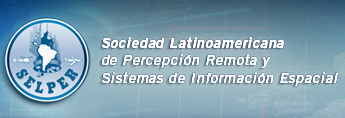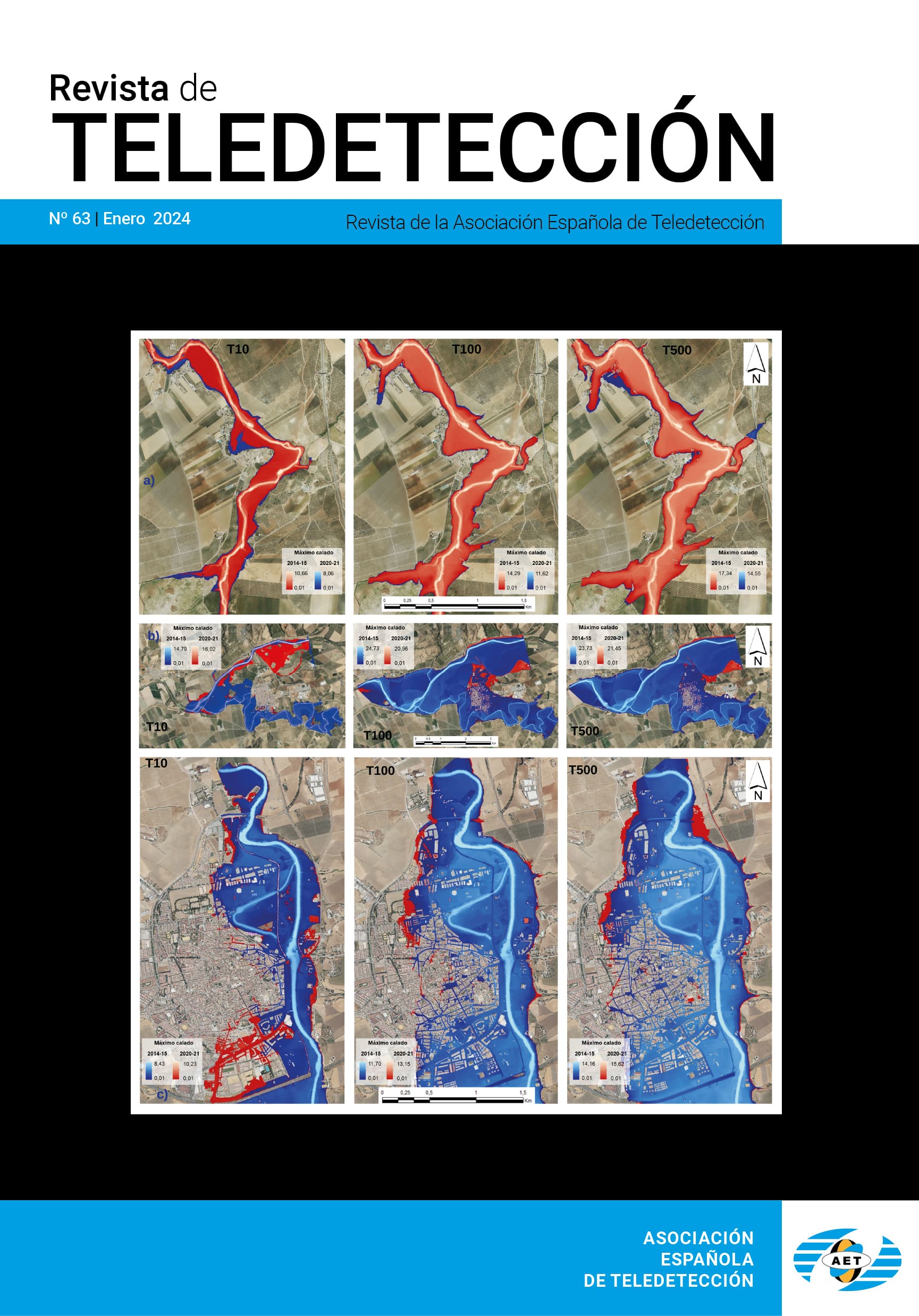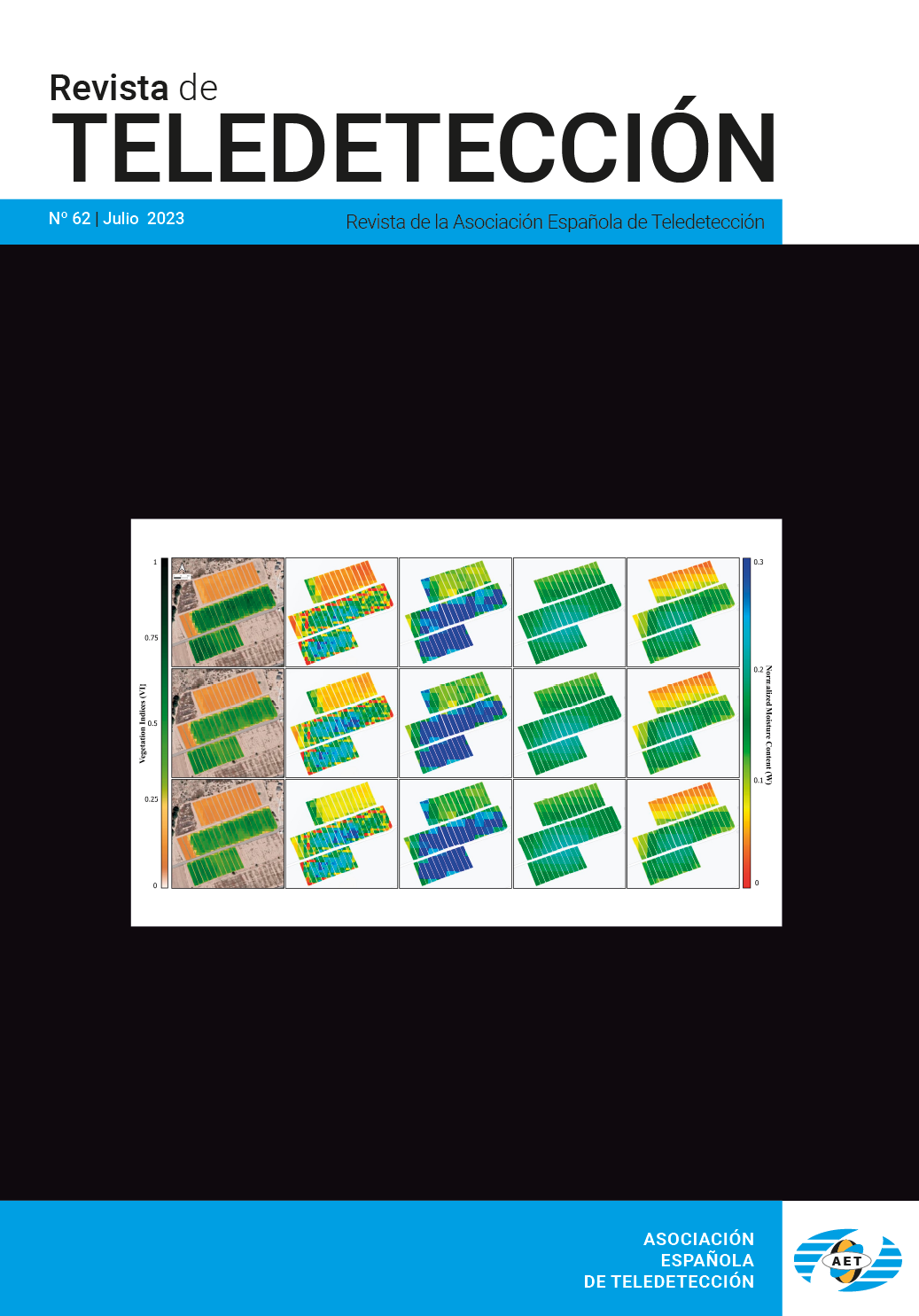Extracción de los principales modos de variabilidad espacio-temporal de la clorofila-a en el Golfo de Vizcaya
Y. Sagarmínaga
RESUMEN
En este estudio se han analizado las evoluciones espacial y temporal de la concentración de clorofila-a en el Golfo de Vizcaya (43-48ºN, 11-1ºW) desde 1998 hasta el 2004, utilizando las imágenes semanales del sensor SeaWIFS (Sea-viewing Wide Field-of-view Sensor) de 9 km de resolución espacial. Tras reconstruir la base de datos histórica mediante el algoritmo EM “regularized Expectation Maximization”, se han extraído mediante funciones empíricas
ortogonales (EOFs) los patrones de variabilidad espacial y temporal más relevantes: como resultado se han retenido 4 componentes principales que explican el 92% de la variabilidad espacio-temporal de la zona de estudio. Cada patrón retenido se ha proyectado espacialmente
y se ha representado gráficamente su serie temporal, para ofrecer una interpretación preliminar que sirva de marco para futuros análisis cuantitativos sobre los fenómenos claves que generan los sucesos y dinámicas observadas en este estudio.
PALABRAS CLAVE: fitoplancton, SeaWIFS, Golfo de Vizcaya, funciones empíricas ortogonales, dinámica espacio-temporal.
ABSTRACT
The temporal and spatial evolution of the chlorophyll- a concentration in the Bay of Biscay (43-48ºN, 11-1ºW) from 1998 to 2004 was investigated using SeaWIFS (Sea-viewing Wide Field-of-view Sensor) weekly 9 km spatial resolution images. After a dataset reconstruction using the regularized expectation maximization (EM) algorithm, spatial patterns of variability, their time variation and a measure of their importance have been extracted for the whole area, by means of the Empirical Orthogonal Functions (EOF) method. As a result, four principal components have been retained which explain 92% of the spatiotemporal variability in the area. For each of the patterns retained, a projection of their spatial and temporal patterns has been made and a preliminary interpretation of these results has been made in order to guide future analysis for quantitatively explain the driving forces of the different events and dynamics outlined.
KEY WORDS: phytoplankton, SeaWIFS, Bay of Biscay, empirical orthogonal functions, spatio-temporal dynamics.
PULSE AQUI PARA DESCARGAR EL ARTÍCULO COMPLETO.




















